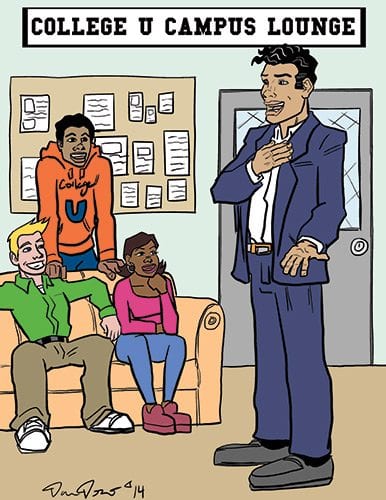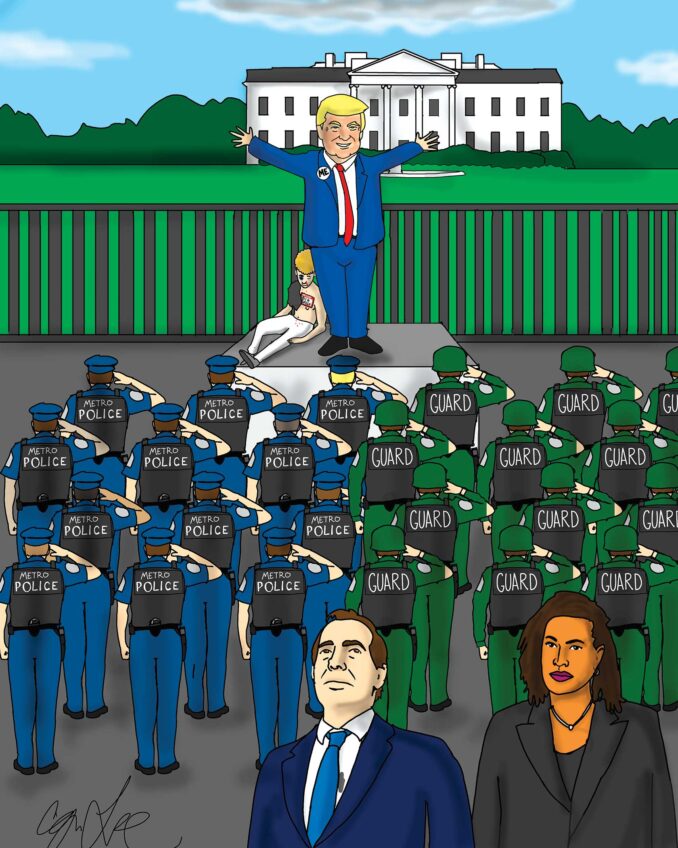
Herb Jeffries’ celebrity had already waned for decades. Consequently the younger generation knew nothing about him when informed of his recent death. Jeffries was a talented jazz singer and a flamboyant cowboy in films produced for a black audience. He also later picked up roles in TV programs such as “Hawaii Five-O” and “I Dream of Jeannie.”
An exotic quality of Jeffries’ life is that although he appeared to be white, he claimed to be black. According to reports, Jeffries once said, “you know, I’m colored. I’m just not the color you think I am.” With that declaration, Jeffries, who was believed to have been born in 1913, affirmed that he had subjected himself to the inconvenience of the racial discrimination then rampant in America.
As a young man, Jeffries sang with Earl Hines’ band and he later sang his signature song, “Flamingo,” with Duke Ellington. Some believe that Jeffries’ love of music prevented him from passing as white. If he did not sing with black bands, an opportunity then only available to blacks, he would have been forced to join bands like Jimmy Dorsey or Glenn Miller which had not yet discovered the back beat.
Race influenced the course of Jeffries’ life. Judging from some of today’s literature, being biracial still creates a myriad of problems. In earlier times, interracial marriage was illegal in much of the U.S. until the Supreme Court decision in Loving v. Virginia in 1967. Nonetheless, miscegenation was not uncommon despite the legal prohibition.
An extraordinary example in Boston of such inter-racial liaisons is the story of James A. Healy, America’s first black Catholic bishop. He was born in 1830 in Georgia to a rich plantation owner and a slave. His father sent James and his brothers to college at Holy Cross in Worcester. James became bishop of Boston and his brother Patrick, the first black Ph.D. in the U.S., became president of Georgetown University. Other Healy siblings were equally accomplished.
Healy’s parents enjoyed a marital relationship, but without the sanction of the state of Georgia. Healy’s father had the wealth to protect his 10 children from the rigors of racial discrimination. Sometime the children of racially mixed couples that are less financially endowed simply slip away into the white world if their physical appearance does not betray their genetically questionable origins.
Passing for white is painful. It requires leaving behind family members with whom one may have bonded as a child. And those left behind feel the pain of losing a relative. In her book, “The Sweeter the Juice,” Shirlee Haizlip provides an account of reuniting her family that had been dismembered by those who passed for white to avoid the difficulties of being black.
It is usually more emotionally appealing to stay in the company of loved ones. In many families in the black community it is not unusual to see family members who appear to be white but are racially mixed. By contrast, the presence of an African American on the street in an all-white suburb might be cause for alarm.
During the Jim Crow era of Herb Jeffries’ youth, racial identity as African American was an impediment. It took courage and defiance to insist upon being black when there was another option. Regardless of how pale one’s visage, the existence of a remote ancestor of African descent would brand a citizen as black.
With many changes in the law against racial discrimination, it is much easier today to identify as multiracial. However, there is a problem. That category is by definition amorphous. Perhaps Jeffries was wise to claim his identity as a member of a group with a unique history, and then not become obsessed with the controversial concept of race.






